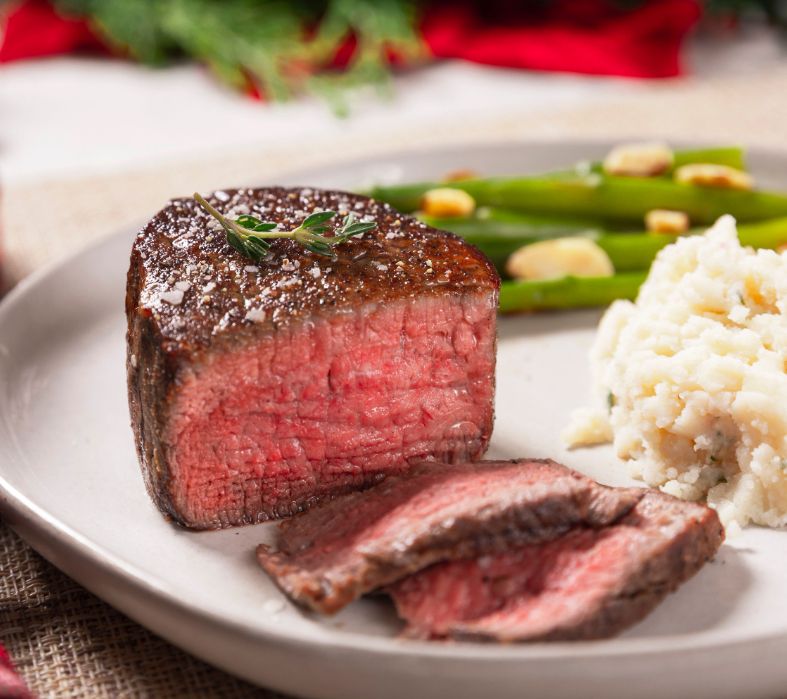Muller Corner Vanilla Chocolate Balls and Banana Chocolate Flakes Yogurts – 6 x 130g
Müller Corner are the perfect combination of delicious thick and creamy yogurt with either a fruit compote, crunchy chocolate or granola! No artificial colours, preservatives or sweeteners and a source of protein, with a variety of delicious flavours for you and the family to enjoy, Müller Corner yogurts allow you the freedom to mix it your way.
Müller Corner are the perfect combination of delicious thick and creamy yogurt with either a fruit compote, crunchy chocolate or granola! No artificial colours, preservatives or sweeteners and a source of protein, with a variety of delicious flavours for you and the family to enjoy, Müller Corner yogurts allow you the freedom to mix it your way.
Delicious, creamy yogurt, Source of protein and calcium, No artificial preservatives, sweeteners, or colours, Suitable for vegetarians






by Katie
Great value compared to the individual yoghurts. Great flavour too!
by Mike
My children love this yoghurt selection, it is a classic and we consume it regularly.
by Bee
These are great for lunchboxes and breakfast too and whats best is they taste the same as they did when I was a child as some stuff doesnt but these def do. The chocolate cornflakes and banana yoghurt are our favourites.
by Victor
Is the best! Lovely dessert and I always eat the banana ones first.
by Kat
The banana one is the best, I love these for a little easy dessert after supper as they are quite high in sugar. Great value with this Ocado deal too, I always buy them on sale here.